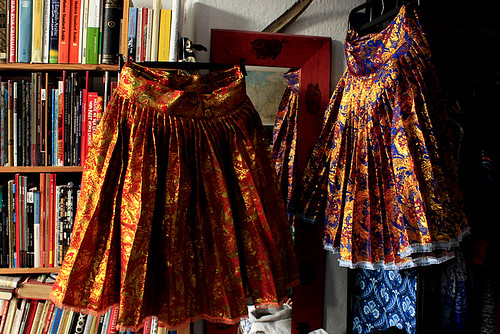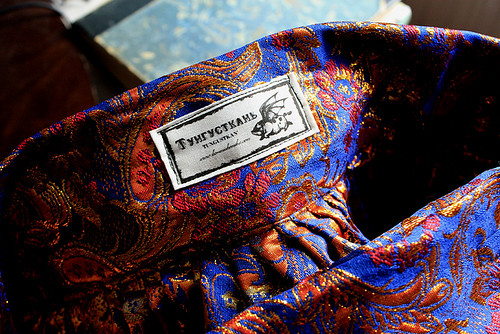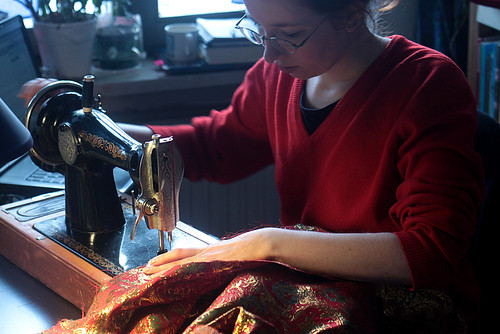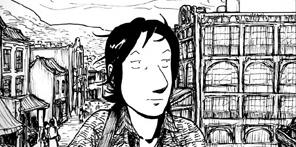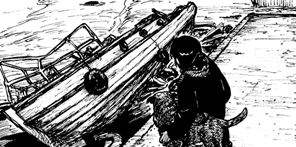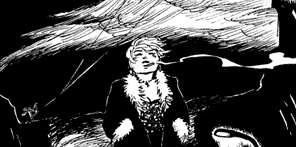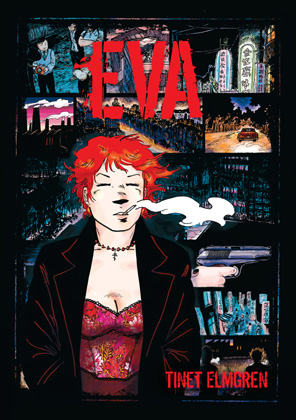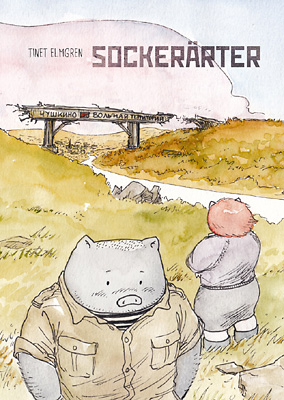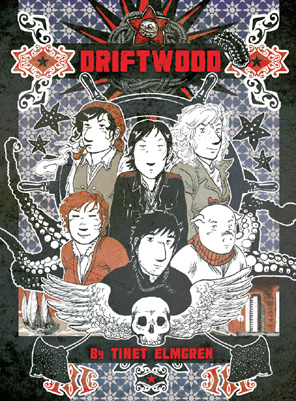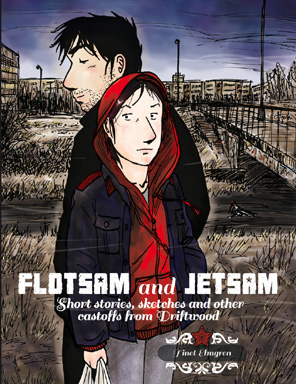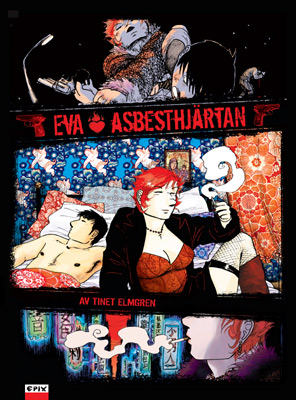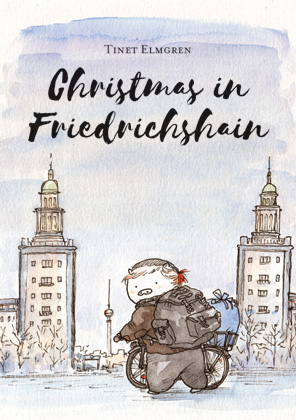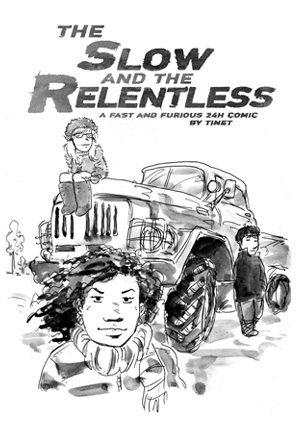Sewing project: Shoulder bag with piggy details
Last year when I was in Bulgaria, my old camera bag finally fell completely apart (luckily it happened on the final train trip from Varna back to Sofia). Since then I’ve been meaning to make another one, and why not a bag that can also be used as a smallish shoulder bag, as I didn’t have one and often found myself in need of one.
Yesterday I finally finished the project!
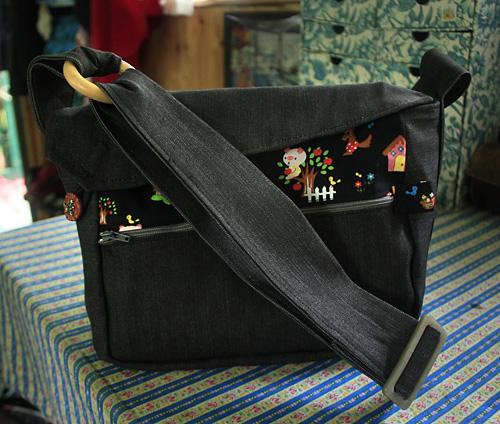
For the interior and main zipper I actually recycled the intestines of another shoulder bag (which had the wrong colour and shape for my purposes). So it has a wallet pocket and a phone pocket inside. Inside the bag I added my own label, and supplemented the recycled lining with some non-dusting/non-fuzzing fabric, and for accents on the outside I used an amazing Japanese piggy fabric, with the three little piggies and the little naughty wolf. V^(oo)^V
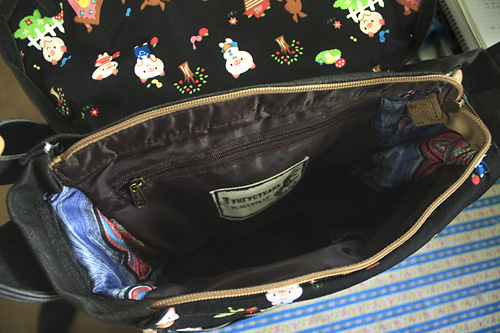
The bag is lined with fleece to protect the camera, and the top cover has waterproof lining. The shoulder strap goes all the way around the bottom of the bag.
This project involved a lot of thick piles of fabric that had to be sewn together, but my trusty Soviet sewing machine soldiered through most of it without complaint. I only growled and swore in many different languages during the tricky part where the outside, the lining and the main zipper all had to be sewn together.
TungusTkan’ presents: Torrent de Bites kilts!
Ilan is part of Torrent de Bites (VJ Decrepticon and DJ Schnautzi). Here is their demo … (I had my part in designing the nice logo.)
Torrent de Bites: Demo from ilan katin on Vimeo.
They started out as a completely improvised last-minute arrangement due to a lineup change during the Mapping festival in Geneva 2009, but everyone was so excited about it that they in fact didn’t split up immediately afterwards. Now they have a gig coming up at Lunchmeat in Prague, and they need nice new outfits. So I made them pretty kilts in silk brocade. The fabric is lighter than normal kilt fabric, so they are quite bouncy! Can’t wait to see the footage of their performance …
The kilts close with velcro and a safety pin, and they also have belt loops, mostly so you can hang them up for storage to avoid damaging the pleats, but of course also for a belt or sash if the gentlemen should like that.
And of course they have the TungusTkan’ label:
Working with my lovely PMZ sewing machine (photos by Ilan):
Это моя швейная машинка!
It’s a Soviet PMZ from 1960 (the manual was printed in 1960, anyway). I just got it off eBay for very little. Maybe because it’s not old enough to be antique and not at all uncommon – supposedly at this time there was an overproduction of sewing machines in the Soviet Union.
The PMZ factory in Podolsk was in tsarist times a Singer sewing machine factory. After the revolution in 1917 it was nationalized and became first Gosshveimashina (acronym for “National sewing machine works”), and then “Kalinin” Mechanical Works of Podolsk. The machines were naturally all based on the prerevolutionary Singer sewing machines, but probably with some improvements over time.
The early sewing machines are really beautiful. The 1960 model isn’t so bad either. :o)
All it needs is some dusting and maybe a little bit of oil. It has been in normal family use, and there is a nice little Russian children’s sticker on the case, and someone has carved “Лида” in tiny letters in the metal.
Thanks to the simple build and the well-written manual that came with it I could quickly figure it out and make the correct settings.
It works with a hand crank and can sew forward and backward. It sews quite fast (the manual states among some other important vital statistics that it can rotate up to 1,200 times per minute …).
I did some serious sewing with it today, and I must say the hand crank system helps avoid the neck pain I often get when I sew! I appreciate that it’s very quiet and has no influence on my electricity bill.
It has much less trouble with thicker fabrics and many layers of fabric than any electric machines I’ve used.
I miss having a zigzag a litle bit, but I’ll just have to make different types of seams for fabrics that unravel easily, use zigzag scissors and a second straight seam for sturdier fabrics, or just do that part by hand like my grandma.
